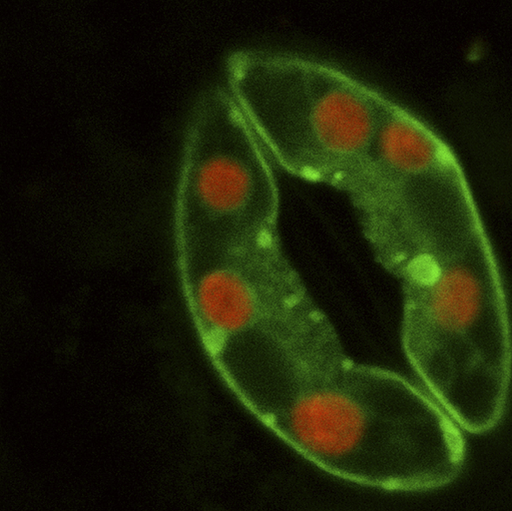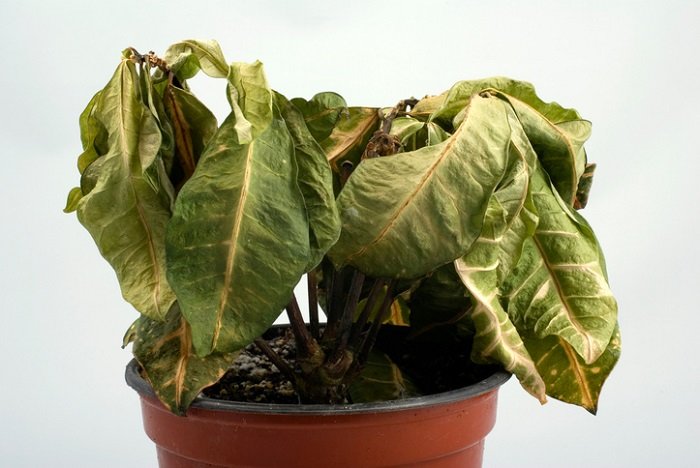What is Photosynthesis?
An Expert Guide for Everyone Interested in the Environment*
Introduction
If you’ve ever wondered how the world’s forests, gardens, and even the grass beneath your feet seem to thrive with nothing more than sunlight, water, and air, you’re not alone. For everyone passionate about sustainability and the environment, understanding the science behind nature’s most fundamental process—photosynthesis—is essential. Not only does it power the planet’s food chains, but it’s also inspiring cutting-edge research into renewable energy. In this post, we’ll break down what photosynthesis is, how it works, and whether humans can harness its power to create electricity. Along the way, we’ll answer common questions and highlight the latest scientific advances, all while providing science-based learning.
Definition: What is Photosynthesis?
At its core, photosynthesis is the process by which green plants, algae, and some bacteria convert sunlight into chemical energy. This energy is stored in the form of glucose, a type of sugar, which plants use as food. The process also releases oxygen as a byproduct, making it vital for life on Earth.
To put it simply, photosynthesis is nature’s way of turning sunlight into food and oxygen. Instead of going out for lunch, or expanding its lungs, like we do, trees stand around soaking up the sun and carbon dioxide. It’s the reason our planet is lush, green, and teeming with life. Without it, there would be no forests, no crops, and no breathable air.
If you’re searching for a comprehensive explanation of how plants convert sunlight into energy, you’re in the right place. It’s called the “Calvin Cycle”. Let’s dive deeper into this cycle.
Step-By-Step Explanation: How Do Plants Create Food from the Sun?
Understanding photosynthesis can seem daunting, but breaking it down into steps makes it much more approachable. Here’s how it works:
1. Light Absorption
Plants have a green pigment called chlorophyll, found in structures called chloroplasts within their cells. Chlorophyll’s job is to absorb sunlight, especially the blue and red wavelengths, while reflecting green (which is why plants look green).
2. Water Uptake
Through their roots, plants absorb water from the soil. This water travels up the stem to the leaves, where photosynthesis primarily takes place.
3. Carbon Dioxide Intake
Plants take in carbon dioxide (CO₂) from the air through tiny openings in their leaves called stomata. Stomata kind of look like lips so maybe the plants do go out to lunch. 🤔

4. The Light-Dependent Reactions
When sunlight hits the chlorophyll, it excites electrons, starting a chain reaction. This energy splits the water molecules (H₂O) into hydrogen and oxygen. The oxygen is released into the air (yaay, for us), while the hydrogen is used in the next stage.
5. The Light-Independent Reactions (Calvin Cycle)
Using the hydrogen from water and the carbon from CO₂, plants build glucose (C₆H₁₂O₆). This sugar is then used for energy, growth, and development.
The overall chemical equation for photosynthesis is:
6 CO2 + 6 H2O + light energy ➡ C6H{12}O6 + 6O2
In other words, six molecules of carbon dioxide and six molecules of water, powered by sunlight, produce one molecule of glucose and six molecules of oxygen. We now have the recipe for sugar and oxygen! Science isn’t so hard.
Scientific Research: Can Humans Make Electricity Through Photosynthesis?
Humans make glucose but I don’t see anyone (except the Borg on Star Trek) hooking people up to homes to create electricity. So why have I heard about photosynthesis and alternative energy sources making electricity? Can humans make electricity through photosynthesis?
This is where things get really exciting. Scientists are exploring ways to mimic or harness photosynthesis to generate clean energy for human use. The idea is to use the same principles that plants use to convert sunlight into chemical energy, but instead, produce electricity. Can you imagine the impact on deforestation if forests are made part of the electricity grid? Makes me think of Avatar.
Artificial Photosynthesis
Researchers are developing systems known as *artificial photosynthesis devices* or *photoelectrochemical cells*. These devices use sunlight to split water into hydrogen and oxygen, similar to what happens in plants. The hydrogen can then be used as a clean fuel, or the process can be adapted to generate electricity directly. We do produce hydrogen now, but the process is costly, the storage and transport dangerous.
In the use of Artificial Photosynthesis, solar energy is used to produce hydrogen from water. By using hydrogen, and the CO₂ emitted from factories and power plants, Mitsubishi Group is working to produce olefin. This creates a large shift toward a CO₂ absorption process, from chemical production processes, which previously emitted CO₂. In addition, olefin is a non-toxic plastic. Mitsubishi’s work continues on olefin, to make it biodegradable as well.
Biohybrid Solar Cells
Another approach involves integrating biological components, like chlorophyll or even whole photosynthetic bacteria, into solar cells. These *biohybrid solar cells* aim to combine the efficiency of nature with the durability of modern technology. I’m sure Trekkies (from Star Trek episodes) remember the biohybrid circuits in future starships.
In one research paper, scientists found a new way to make solar panels work better by using tiny carbon tubes and special plant proteins. These proteins come from the part of plants that helps them get energy from sunlight. When they added this mix to solar panels, the panels made more electricity—going from 17.65% to 18.95% efficiency. That means they turned more sunlight into power! This cool mix of nature and technology could help us build better solar panels in the future.
Challenges and Opportunities
While the concept is promising, there are significant challenges. Natural photosynthesis is not very efficient at converting sunlight into usable energy—plants only convert about 1-2% of the sunlight they receive. Scientists are successfully improving the efficiency in artificial systems but we are still in the research phase.
If you’re interested in the latest research on using photosynthesis for renewable energy, you’ll find that the field is rapidly evolving. Some breakthroughs have already been made, but large-scale, cost-effective solutions are still in development. According to the International Energy Agency (IEA), solar power will account for over 30% of global electricity generation by 2050, reinforcing the shift towards a solar-powered future.
Is It Possible? The Future of Photosynthesis-Inspired Electricity
So, can humans use photosynthesis to create electricity? The answer is: not yet on a large scale, but the potential is enormous. Artificial photosynthesis and biohybrid solar cells are at the forefront of renewable energy research. If scientists can overcome the efficiency and scalability challenges, we could see a future where photosynthesis-inspired technology for clean energy production becomes a reality.
For now, traditional solar panels remain more efficient, but the dream of harnessing nature’s blueprint for sustainable energy is driving innovation worldwide.
Common Questions About Photosynthesis
What is photosynthesis in simple terms?
Photosynthesis is the process by which plants use sunlight to make their own food and release oxygen.
Why is soil important for photosynthesis?
Soil pH significantly impacts photosynthesis by influencing nutrient availability, water uptake, and enzyme activity, all of which are crucial for the process. Optimal soil pH (around 6.0-7.0) allows for efficient nutrient absorption and water uptake, supporting healthy plant growth and photosynthesis. However, each plant has its own optimal soil pH so it is important to have a pH meter if you are serious about gardening.
Why is photosynthesis important for the environment?
Photosynthesis is crucial because it produces the oxygen we breathe and forms the base of the food chain. It also helps remove carbon dioxide from the atmosphere, playing a key role in regulating the Earth’s climate. Human’s need all the help they can get in this area which is why deforestation (is terrible) and planting trees are important aspects to consider.
Can photosynthesis happen without sunlight?
No, sunlight is essential for photosynthesis. However, some artificial lights can mimic sunlight and support photosynthesis indoors.
Conclusion
Photosynthesis is more than just a process that keeps plants alive—it’s the foundation of life on Earth and a source of inspiration for the future of renewable energy. For everyone interested in the environment, understanding photosynthesis is key to appreciating how interconnected our world is and how science can help us build a more sustainable future.
Whether you’re curious about the role of photosynthesis in the carbon cycle, the potential of artificial photosynthesis for clean energy, or simply want to know how plants turn sunlight into food, this remarkable process offers endless opportunities for learning and innovation.
If you enjoyed this deep dive, be sure to explore more on kaymartco.com, where we cover the latest in patio gardening, sustainability, and green technology. Stay curious, stay inspired, and keep looking for ways to make a positive impact on our planet. Thank you for reading! For more expert insights on environmental science and sustainability, leave a comment to join our community of eco-conscious professionals.



